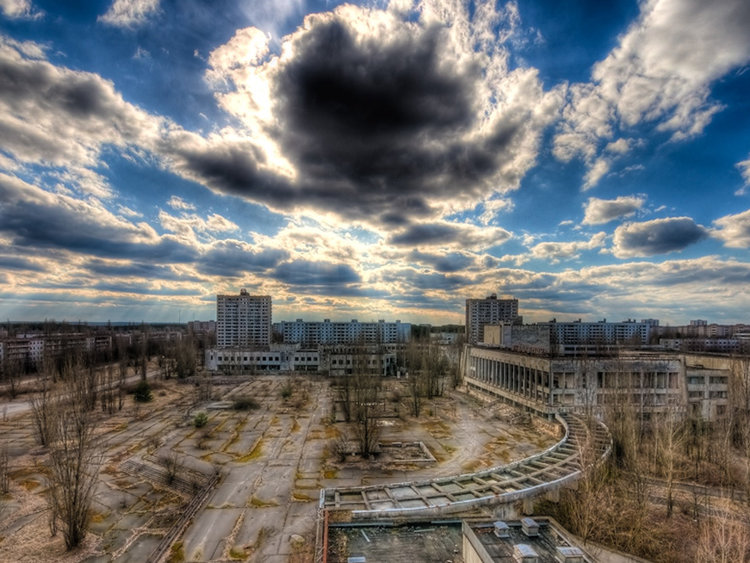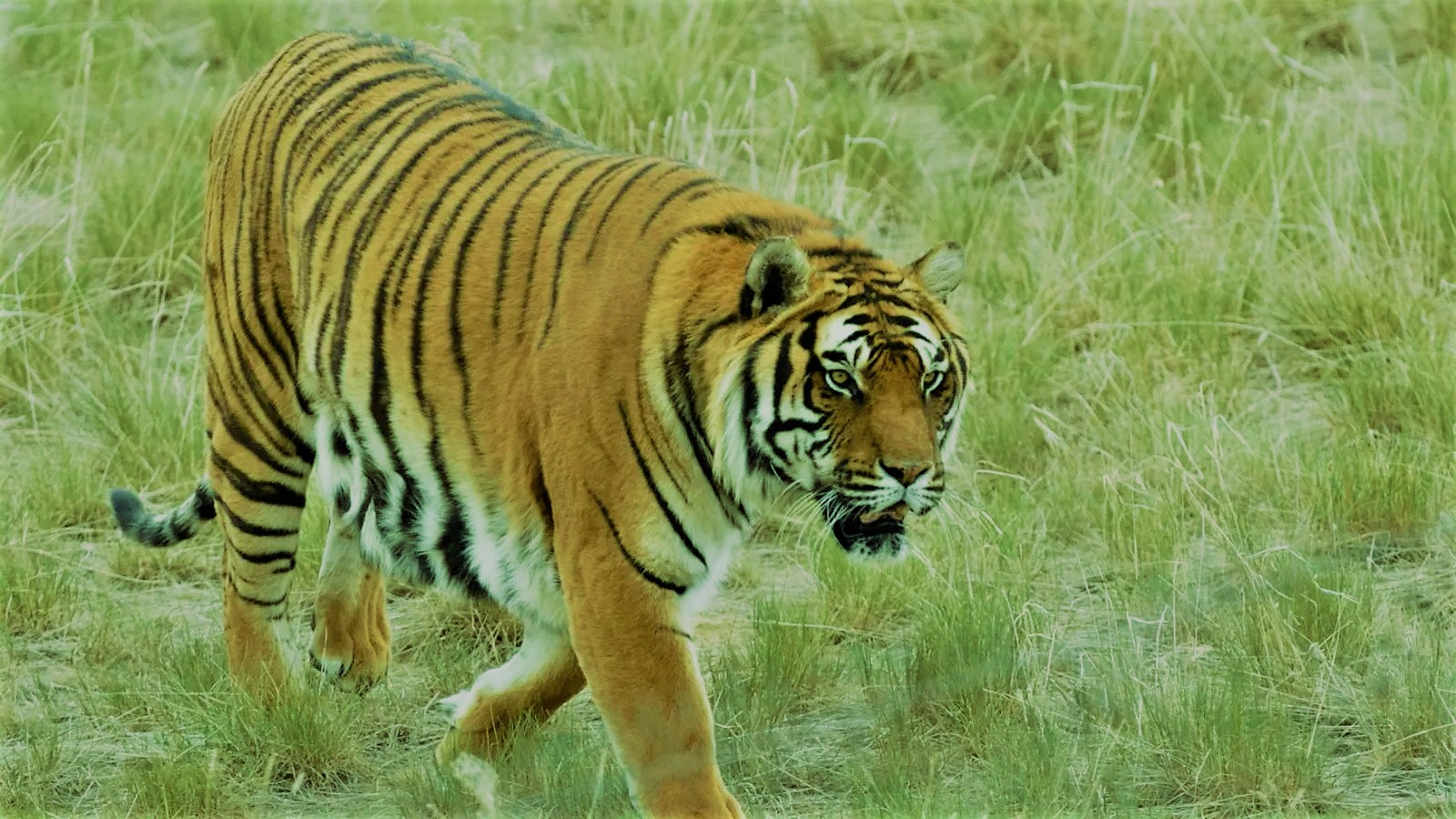KM SEETHI
“Chernobyl”—the five-part miniseries—has created sensation across the world, with a record number of viewers. It was screened on HBO and Sky Atlantic in May-June, and the last episode was on 3 June. It is available on Hotstar also. It would really be an amazing experience spending five hours before the screen (which, in fact, offer a lot of lessons for nuclear watchers). The visual narrative of the accident, its causative factors and the efforts to clean up the damage constitute the ‘core’ of the episodes.
It has been more than thirty three years since the accident first occurred in April 1986 and the effects are still being felt since then. For decades Chernobyl has been an epitome for the potential dangers of nuclear power. The world’s worst nuclear accident had a devastating effect on the surrounding area in what is now independent Ukraine and Belarus. The events of April 25-26, 1986 are now adequately documented, notwithstanding pressures of ‘state secrecy.’ A safety test went wrong, leading to an explosion that blew up part of RBMK-1000 reactor number 4, and a fire that burned for more than a week. A cloud of radiation was released into the atmosphere that spread first across the local area, and eventually over large parts of Europe. It’s estimated that the amount of radioactive material released was 400 times more than the nuclear bombs dropped on Hiroshima.




